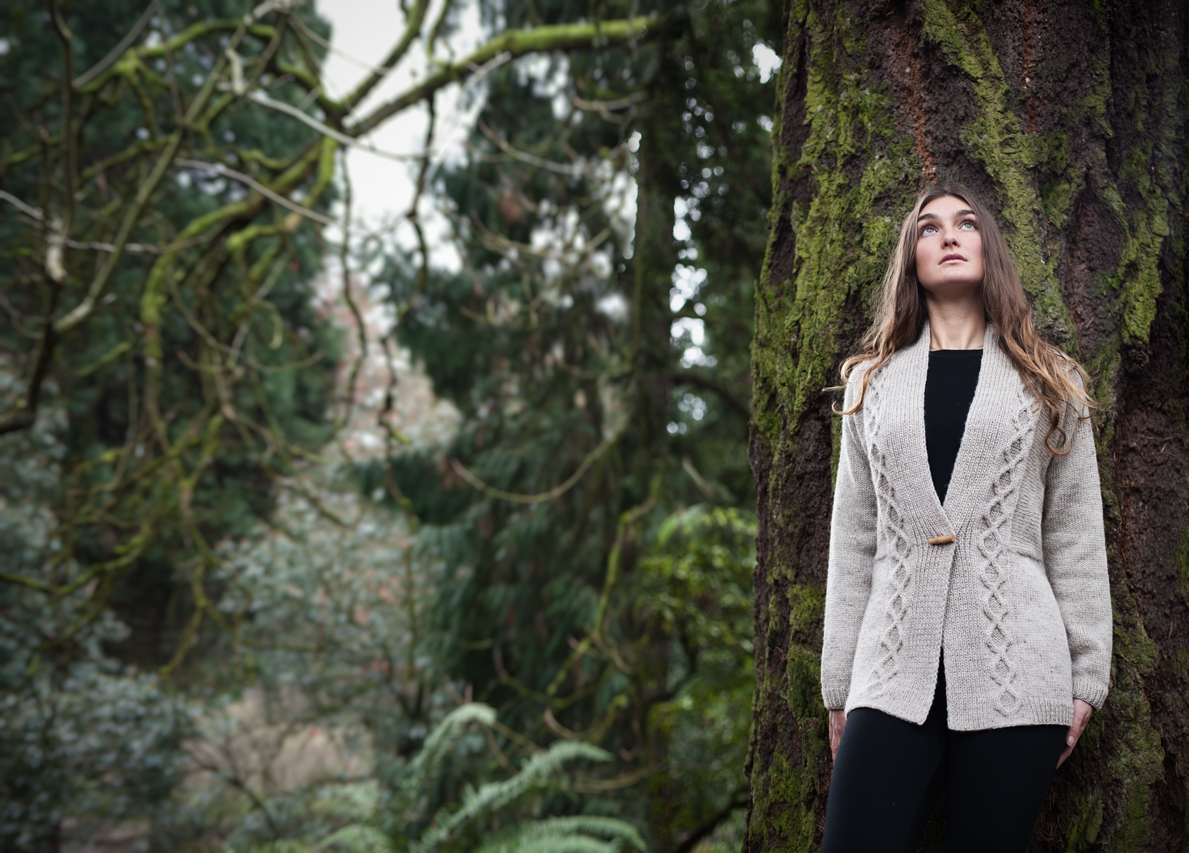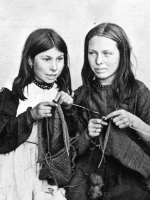who’s your

All day long 24/7 our brains are ingesting cues — into the mix pours a never-ending stream
of everywhere signals…
![]()
Out of all of the competing sensory envoys out there, my favorite is MOVIES.
Here you find the construct where a complete style focus takes place.
But it’s a complicated success. Just watch an OSCAR show to appreciate all the categories it takes to create a time and space that exists independent of the real world but just as reality based: timeframe, location, wardrobe, music, sounds, all themed together to weave a credible material world.
I am a huge Wes Anderson Fan.
Not only do I get completely lost in whatever tale he’s telling, I get completely lost in the details and looks that he crafts in the process.
DAZED Magazine is hosting a Grand Budapest Day at their site with many interviews and articles but this one really grabbed my attention: “Tavi selects the most overlooked Wes Anderson costumes” where she writes:
“The cultish look of each of Wes Anderson’s films creates a self-contained visual world where quirky sartorial touches are the main vocabulary.”
Indeed – his newest film The Grand Budapest Hotel is deliciously candy-colored vintage bliss:

But it is Anderson’s mix of wardrobe details and photo lighting that I find so very special.
They create moments in time like no other; although many have a vintage reference or use character types or costuming that cue a vaguely remembered whole, the end result is something completely out of this world:

This book “The Wes Anderson Collection” illustrated by the wonderful Max Dalton puts it all into a colorful perspective:
I could wander these worlds for many a day – it is intriguing to experience the back-story behind all of the landscapes Anderson creates.
One of the most intriguing outputs enjoyed this week? A collection of color chips from WA’s archive shots that sample the details of scenes from various films (takes a moment to load):
[alpine-phototile-for-pinterest src=”board” uid=”studiochicknits” board=”wes-anderson-palettes” imgl=”pinterest” dlstyle=”medium” style=”bookshelf” row=”3″ size=”192″ num=”6″ shadow=”1″ border=”1″ curve=”1″ align=”center” max=”100″ nocredit=”1″]
truly a happy romp in the visual garden – have fun exploring these links and be mused…







